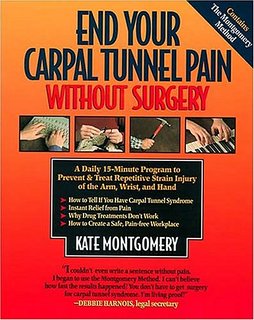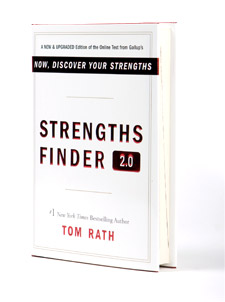Music Lessons for All Needs
Our team recently met to brainstorm essential teaching components, strategies, adaptations, accommodations, methods, and resources for teaching adapted lessons. I want to share with you what I learned in the article “Ten Characteristics for Teaching Students with Special Needs” by Beth A. Bauer.
- Consistency is crucial. This consistency applies to the rewards we provide, routine, schedule, home practice routines, time of day and location of the lesson,.
- Adaptability, find something that makes sense in their world. Examples include; using stress balls to teach hand positioning for piano, or creating fun mnemonic devices to learn the notes of lines and spaces in the music staff.
- Flexibility is a MUST. This flexibility pertains to lessons plans, studio setup and pacing of the lesson. Some days a student may come into the lesson after having a rough day at school and have a melt down. As the therapist “you need to find a way to work on something that will redirect the student away from whatever is bothering them and still be applicable to the lesson.”
- Setting Expectations “for students with special needs should be no different from the expectations and goals for students who do not have disabilities. By setting consistent, high expectations for everyone, the students know that we believe in them and that we know that they can be successful.”
- Patience, is your best friend. Patience with repetition, multiple methods, reinforcement and redirection, and patience with getting to know your students.
- Compassion. Tell the parents of your students what their children CAN do instead of what they CANNOT do. Treat the child as a person first, without regard for a disability label. Focus on the positive aspects of the lesson, even when there is a meltdown, there is at least one positive aspect to find and share with the parent.
- Have a Sense of Humor.
- Learn from your mistakes. “We should always try our hardest but know that you will make mistakes. Mistakes are acceptable and the important lesson is that you learn from those mistakes.”
- Lose the Ego. Perfection is not everything, and it is not about the therapist. We will learn far more from our students than they will ever learn form us.
- Have FUN!!
-Kristin







